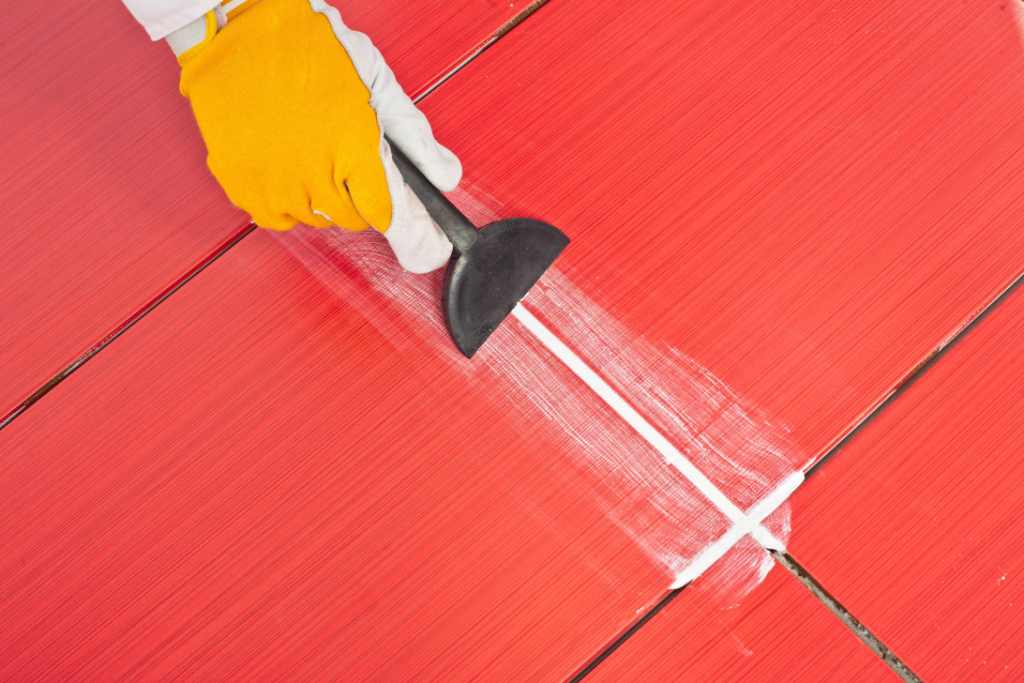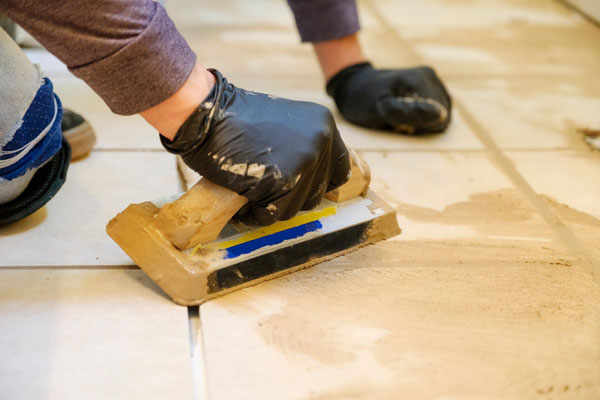Property Geek
We provide the actual and accurate information with unbiased user driven reviews to our viewers, to help them see the best and find the best!
View posts
Building a home is not an easy task. There are about a million things that need your attention and an equal number of things that can go wrong. One of the main things is to ensure that the structure is sturdy and does not collapse. Therefore, to make it strong, constructors use a method called grouting. But, what is grouting, and what is the purpose of grout? We will find out in this article.
Generally, grout is a mixture of cement, water, sand, and sometimes chemicals. It is used to fill gaps and seams in tiles, repair concrete cracks, waterproof, and for stabilising the soil.
When gravel is mixed in this mixture, it strengthens large areas such as the core of concrete blocks and supports the foundations of structures. Other than that, it is used in ground anchors, pile foundations, under-reaming, road construction, dam construction, and more.
There are different kinds of grouting methods such as cement grouting, bituminous grouting, chemical grouting, and more. Often, resins are also used as grout material.
Here are a few advantages of grouting:


There are generally two kinds of grouting, G1, and G2. Let’s start with G1.
The G1 grout is ideal for towers, steel structures, small pumps, ships, and non-vibrating machinery. It must be free-flow cementless, and non-shrinking grout with a compressive strength at the very least equal to the concrete foundation.
It is primarily used in compressors, prefabricated concrete structures, heavy vibrating equipment, and heavy structures with column-bearing plates.
Grouting is an essential part of any construction project be it a house, a large building, a dam, a bridge, or an underwater structure. It gives immense strength to a structure by filling up cracks and gaps in the foundation. There are several materials used in the grouting process to give it the desired strength level. After that, the process of constructing a structure can take place.
Grout has various benefits. It is used in the tiling process to give your walls and floor a crisp finished appearance. It stops debris and dirt from getting in between your tiles. Also, it adds rigidity and strength to your tile installation. Other than that, it is used in strengthening the foundation of structures such as ground anchors, pile foundations, under-reaming, road construction, dam construction, and more.
Also known as cementitious grouting, in this process fluid, cementitious grout is injected under pressure to fill voids and gaps. It is used in marine applications, bridges, rock anchors, and dams. The grouted mass has increased stiffness, strength, and reduced permeability.
Usually, cement, sand, and water are used for grouting, but when gravel is mixed into it, it strengthens the core of the concrete blocks and foundations of structures. Oftentimes, bitumen and epoxy resin is also used to make the grouting stronger and watertight.